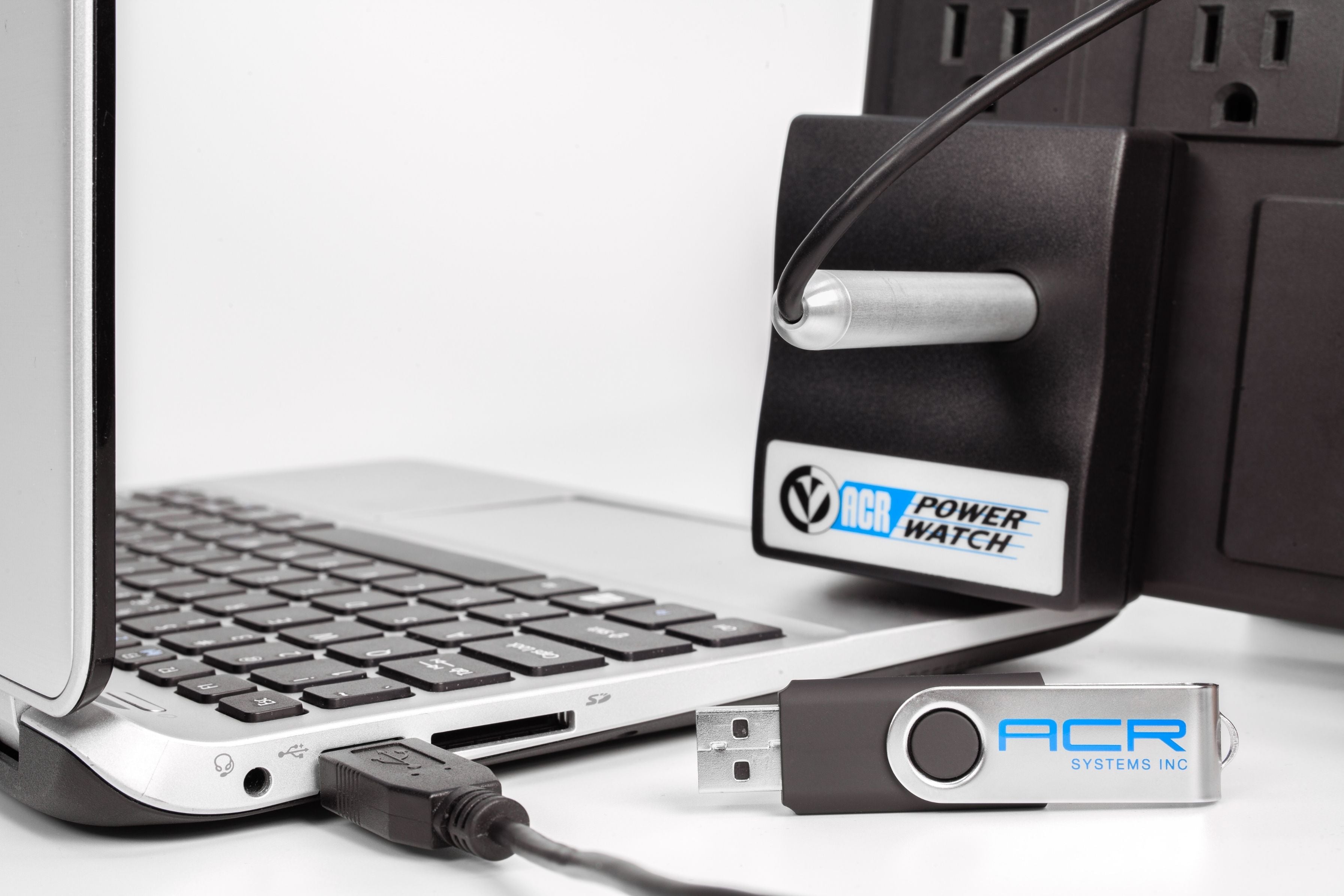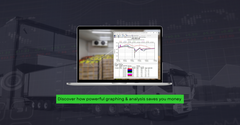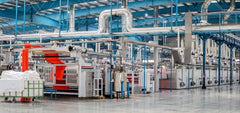
- Oct, 07 , 21
- 0 comments
How Data Loggers Gradually Made It into The Mainstream Market and Making Major Transitions Ever Since
Data loggers or ACR Data Loggers have gained popularity in a variety of applications since their invention because they monitor and record changes in critical parameters over time. Data loggers are available in single channel and multiple channel variations. They can be externally powered fixed installations or portable, stand-alone units. Most stand-alone data loggers are battery-powered, allowing them to record data even when in transit and for an extended duration.
When first introduced, adoption of the data logger was slow. Many criticized the new ‘technology’ expressing concerns that:
● Data loggers would require a high initial investment cost even for a small project.
● Not all the required features could be found available in a single data logging device or its software.
● If the device malfunctioned, data would be lost or not recorded.
● Some data loggers would take readings only at factory set intervals and could not be user configured for the intended purpose.
● Users would need extensive training to start using the device.
Over the years, the cost of data loggers has dramatically diminished while the technology that powers them has vastly improved. As costs have gone down, the capability of modern-day data loggers has leaped ahead of those of the past. Today, single-channel data loggers are available for as low as $25, with sophisticated, multichannel versions selling for over $1000.
Modern-day data loggers now offer:
● Virtually unlimited data storage (at least as much as you will ever need).
● Alarming capability.
● Sophisticated communication protocols.
● Non-volatile memory, so you never lose your data.
● Easy set-up and configuration.
● The ability to network multiple data loggers, and so much more.
The modern-day, solid state data logger comes with advanced microprocessors to process data, state of the art sensors to collect data, and internal memory for storing data. Users can interface a data logger directly with their computer and use sophisticated software for viewing and analyzing purposes. A data logger is a standalone solution that can work independently from larger traditional data acquisition systems, providing an ideal audit solution.
Data loggers accept many different types of measurement inputs. You can also find ‘multi-function/multi-channel data loggers’ in the market that accept two or more different input parameters such as humidity and temperature or pressure and temperature.
The most common types of input include:
● Pressure: To measure the pressure of liquids and gases, including water pressure and atmospheric.
● Temperature: To measure the temperature of liquids, gases, and environments.
● Humidity: Humidity data loggers collect data on the relative dew point, water vapor concentration, and humidity.
● Voltage: Voltage data loggers are used to accept a wide variety of transducer outputs in addition to measuring voltage directly.
● Current: Current data loggers can measure AC and DC current. Like voltage data loggers, they can also accept a variety of outputs from a wide selection of transducers that measure everything from wind speed to water flow.
What is the ACR PowerWatch Solution and what can it do for you?
ACR Powerwatch software (EventReader) is an advanced and easy-to-use power quality analysis program that runs on the Windows® platform. It was developed exclusively for the ACR Powerwatch power quality data logger. Simple, yet powerful, the EventReader program ensures data from the PowerWatch can be downloaded and analyzed in no time with its easy-to-understand menus.
Benefits of the ACR Powerwatch power quality data logger:
● Monitor and record voltage disturbances direct from the PPR (Power Plug Receptacle), no wires required!
● Event-triggered, the ACR Powerwatch power quality data logger can store up to 4000 events. Detect power sags, surges, dropouts, outages, frequency variations, and impulses.
● Powered by a factory-replaceable Lithium battery.



